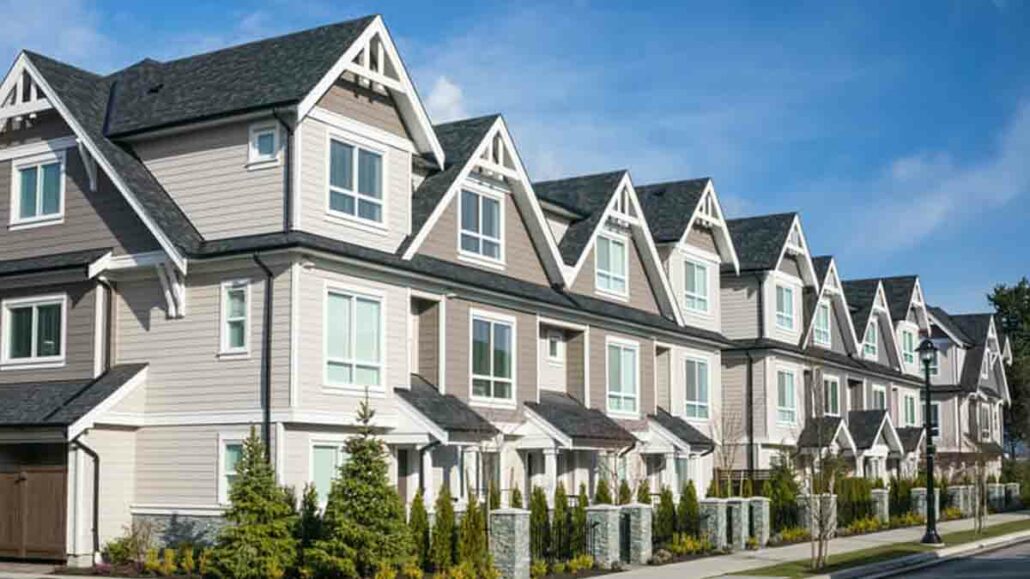Wondering how much dwelling coverage you need for your home? Learn how to calculate the right amount of insurance protection to safeguard your property. Get expert tips and advice.

Determining the appropriate amount of dwelling coverage for your home is crucial in safeguarding your financial well-being in case of unforeseen disasters. Dwelling coverage is a component of homeowners insurance that specifically protects the physical structure of your house. It covers the cost of rebuilding your home in the event of damage from fire, storms, or other covered perils. Unlike the market value of your home, which includes the land, dwelling coverage focuses solely on the cost of reconstructing the building itself.
To accurately determine your dwelling coverage needs, factors such as the size of your home, local construction costs, building materials, and the complexity of the structure must be considered. It’s essential to work with an insurance agent to assess your specific situation and obtain the right amount of coverage to protect your investment.
How Much Dwelling Coverage Do You Need?
The ideal dwelling coverage amount is equal to the replacement cost of your home, not its market value. Replacement cost considers the current cost of rebuilding your home from scratch, including materials and labor.
Several factors influence the replacement cost of your home:
- Square footage: Larger homes typically require more coverage.
- Construction materials: High-end materials like brick or stone increase the cost.
- Local building costs: Construction costs vary significantly by region.
- Home features: Unique architectural styles or custom features can impact the cost.
What Factors Determine Dwelling Coverage?
The amount of dwelling coverage you need depends on several factors:
- Replacement Cost: This is the cost to rebuild your home from the ground up using similar materials and construction methods. It’s generally different from your home’s market value.
- Home Size: Larger homes typically require more dwelling coverage.
- Construction Materials: Homes built with high-end materials or specific architectural styles may have higher rebuilding costs.
- Location: Geographic location influences construction costs and potential risks.
- Inflation: Building costs increase over time, so it’s crucial to regularly review your coverage.
Calculating Your Dwelling Coverage
To estimate your required dwelling coverage, consider the following steps:
1. Determine Replacement Cost:
- Use a home replacement cost estimator or consult with a local contractor or appraiser.
- Consider factors like square footage, construction materials, and local building costs.
2. Factor in Additional Structures:
- Include the value of detached structures like garages, sheds, or guest houses in your calculation.
3. Account for Inflation:
- Consider future construction cost increases by opting for extended replacement cost coverage.
4. Review Coverage Regularly:
- Re-evaluate your dwelling coverage every few years to account for changes in home value and construction costs.
Additional Considerations
- Replacement Cost vs. Actual Cash Value: Opt for replacement cost coverage to receive the full amount needed to rebuild your home, regardless of depreciation.
- Home Inventory: Create a detailed inventory of your belongings to ensure adequate personal property coverage.
- Other Coverage: Consider additional coverages like flood insurance, earthquake insurance, or umbrella policies for added protection.
Common Mistakes to Avoid
- Underestimating rebuilding costs: This can lead to financial hardship in case of a major loss.
- Ignoring inflation: Building costs increase over time, so factor it into your calculations.
- Overlooking additional coverages: Protect your assets with comprehensive insurance protection.
Tips for Maximizing Your Coverage
- Choose the Right Coverage Type: Consider options like replacement cost coverage or actual cash value coverage.
- Bundle Policies: Combining homeowners and auto insurance can often result in discounts.
- Shop Around: Compare quotes from different insurers to find the best rates and coverage.
- Review Your Policy Regularly: Ensure your policy aligns with your changing needs.
FAQs About Dwelling Coverage
What is the difference between replacement cost and market value?
Replacement cost is the amount needed to rebuild your home, while market value is what you could sell your home for. Replacement costs are typically higher.
Does homeowners insurance cover personal belongings?
No, personal belongings are covered under a separate part of your homeowners policy called personal property coverage.
What if I rent my home? Do I need dwelling coverage?
If you rent your home, you typically don’t need dwelling coverage. Your landlord’s insurance covers the building. However, you’ll need renters insurance to protect your personal belongings.
How often should I review my dwelling coverage?
It’s recommended to review your homeowners insurance policy annually, including your dwelling coverage, to ensure it aligns with your home’s current value and your needs.
How much dwelling coverage do I need for a condo?
Condo owners typically need condo insurance, which includes dwelling coverage for the interior of your unit. The exact amount depends on the specifics of your condo association’s master policy.
What is the difference between dwelling coverage and homeowners insurance?
Dwelling coverage is a part of homeowners insurance. It specifically protects the physical structure of your home, while homeowners insurance offers broader protection, including personal belongings, liability, and additional living expenses.
Can I get dwelling coverage without homeowners insurance?
No, dwelling coverage is typically bundled with homeowners insurance. You cannot purchase it as a standalone policy.
Conclusion
Determining the right amount of dwelling coverage is essential for safeguarding your home. By carefully considering your home’s specific characteristics, local construction costs, and potential risks, you can ensure adequate protection for your most valuable asset. Remember, it’s always advisable to consult with an insurance agent to tailor a policy that meets your unique needs.

